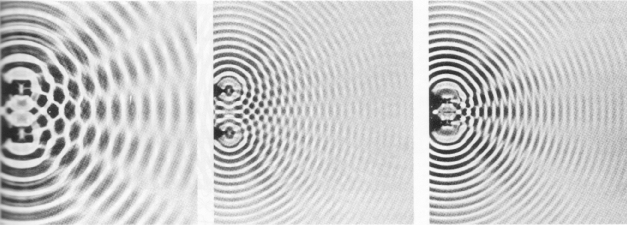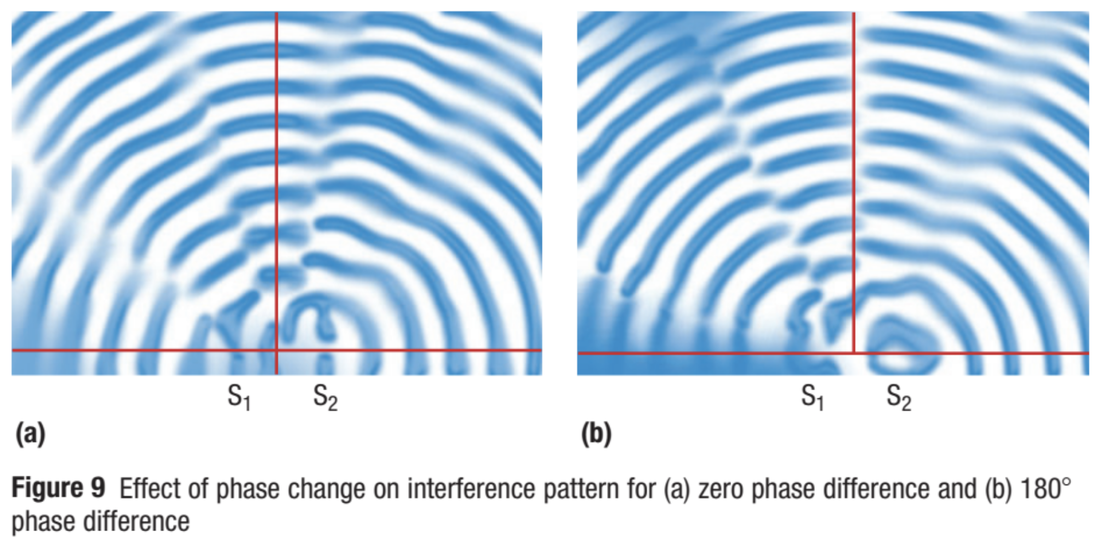
Therefore, the field's configuration gets scrambled by all these different phase delays. However, now, because the wavevectors are all in different directions, the plane waves have all undergone different phase delays in reaching the new value of $z$ (even though their phase advances by $k$ radians per unit length in the direction of the respective wave vector). So, when we ask what the field looks like at a different value of $z$, we build the field up from our plane wave constituents at this point (use an inverse Fourier transform). all the wavevectors have the same magnitude but different directions. Each constituent plane wave has a different direction defined by the wavevector $\left(k_x, k_y, k_z\right)$ with $k^2 = k_x^2 + k_y^2 + k_z^2$, i.e. The simplest answer to what is the mechanism of diffraction I can think of is this: consider a field on a plane, say $z = 0$ and split it up using Fourier decomposition into constituent plane waves. The Wikipedia entry on this topic uses a gauge that is not Lorentz invariant, but this problem can be overcome and the Wikipedia page gives you a good idea of what's (messily!) involved. The difference is that the second quantized field can be made Lorentz invariant (respecting special relativity), well almost (see footnote). You could say that the separate harmonic oscillators in the second quantized EM field and the photon field they represent have replaced the "aether" sought in the MM experiment. There is no material medium - this is what the Michelson-Morley experiment was all about.


You seem to be asking two questions: (1) what is the medium for the EM field is and (2) what is the mechanism for diffraction.


 0 kommentar(er)
0 kommentar(er)
